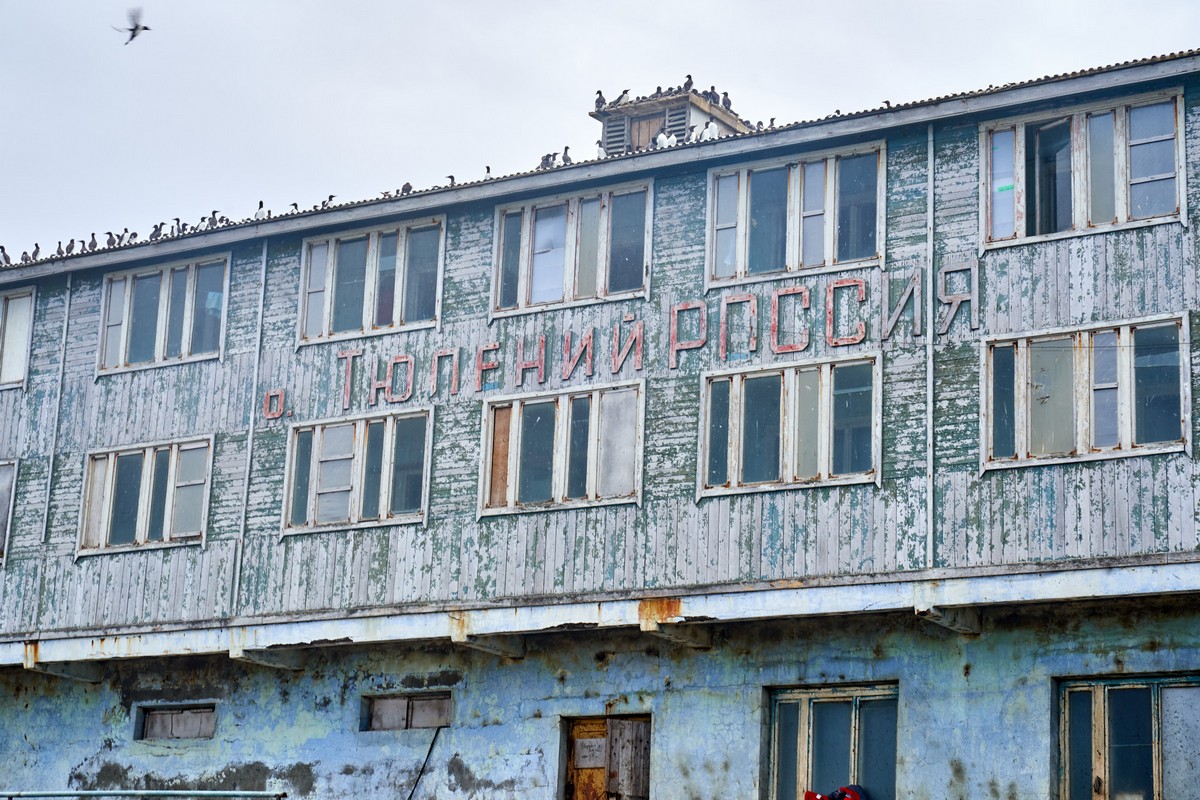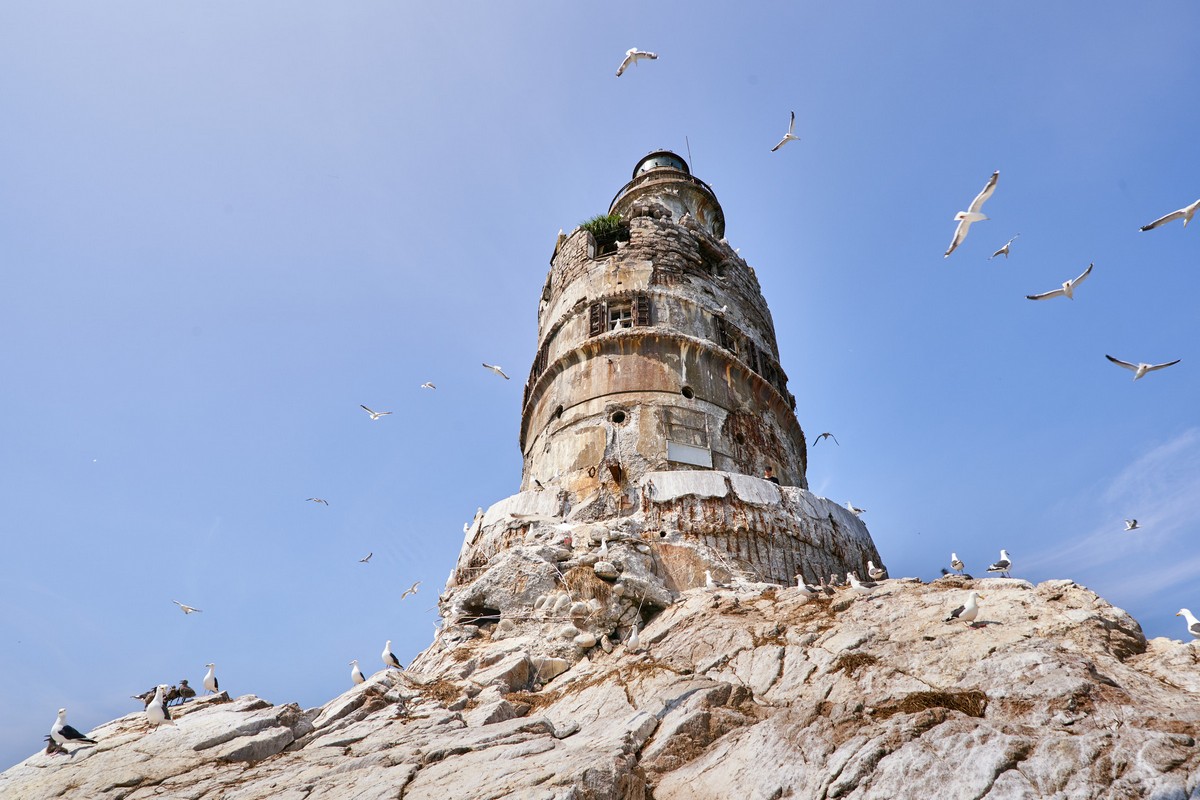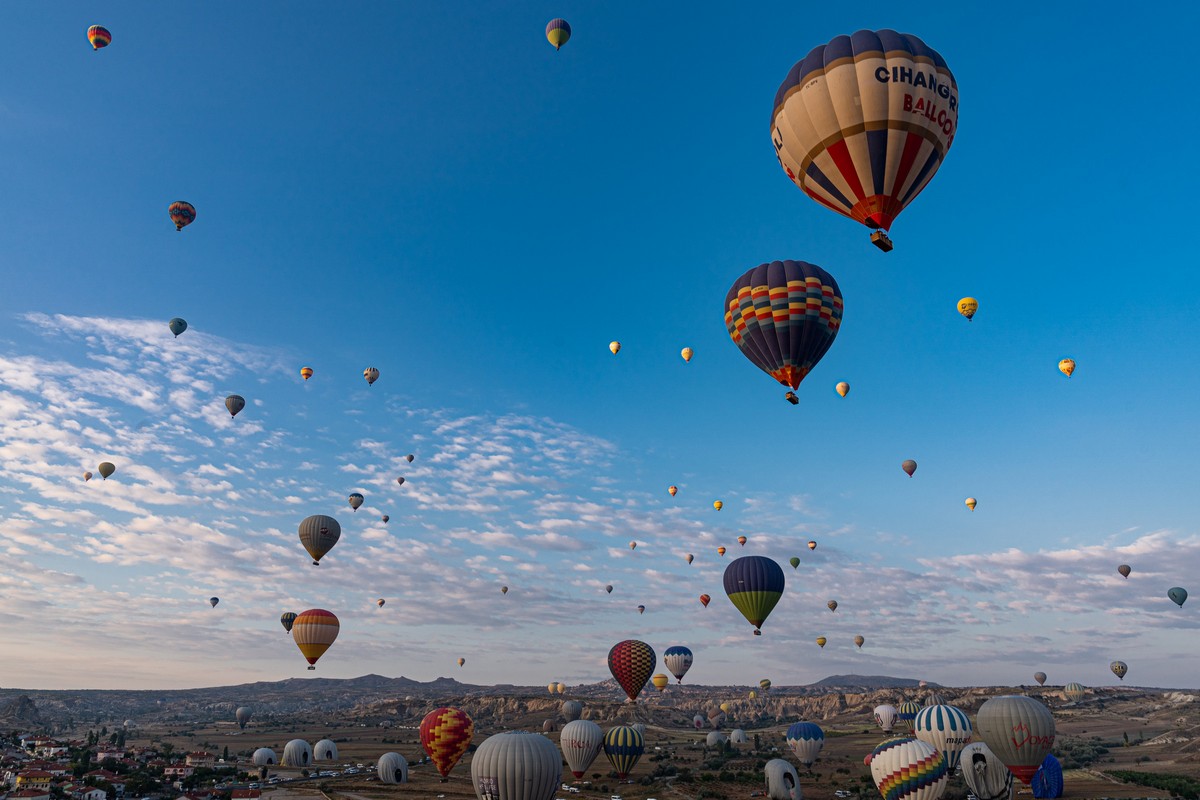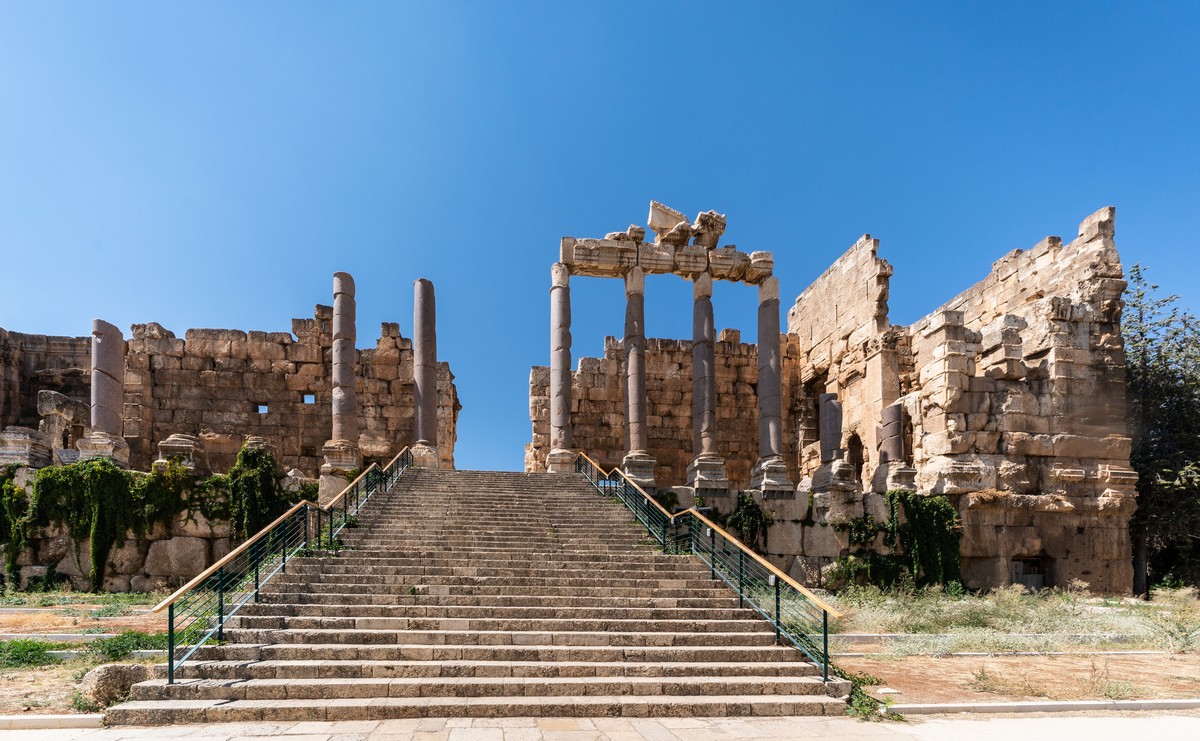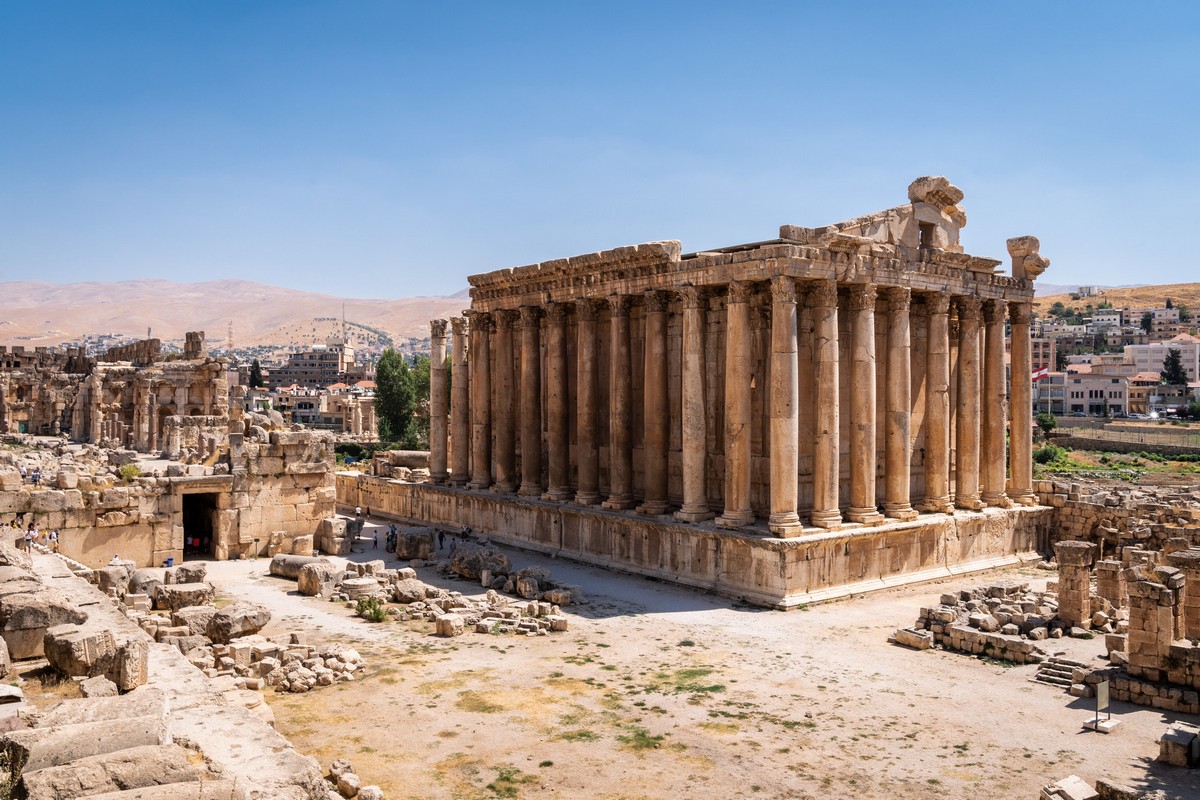November 27, 2019
Tibetan autumn: oh-my-awesome!
Tashi Delek (བཀྲ་ཤིས་བདེ་ལགས།།) folks!
Well, I’ve given you an overview of our Tibetan expedition route. Oops, and I appear to have given you a few Tibet on-the-road daily reports too. So now let me back up a bit, and give you a few words – and a lot of pics – from our initial train ride into Tibet: from Xining to Lhasa.
We were, as it happened, not far from Tibet, so no plane needed: we took the train instead. Well why not? After all, Chinese railroads are among the most advanced – and fast – in the world. Also, we were to take the Qinghai–Tibet railway, which is the highest in the world that carries scheduled passenger trains. But we had to take it easy – slowly – since Tibet is one really high autonomous region: its main city is 3600m above sea level, while much of the rest of the region’s populated centers are about 4000 meters. Accordingly, we took it steady so as not to suffer from altitude sickness, which I’ve talked about before. Accordingly, the first day of our Tibetan was completely rail-based: hurray! Why hurray? You’ll see…)


